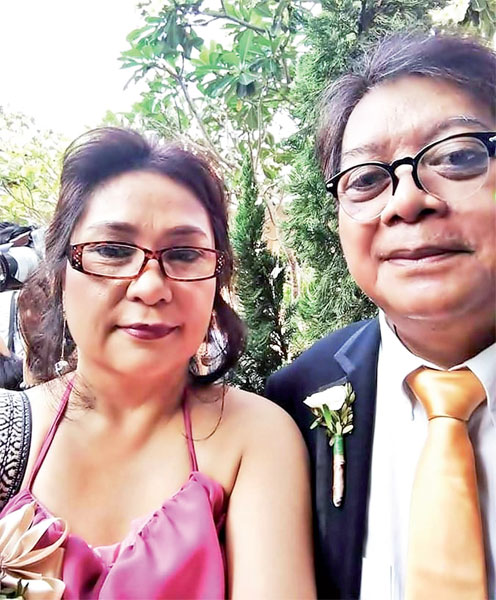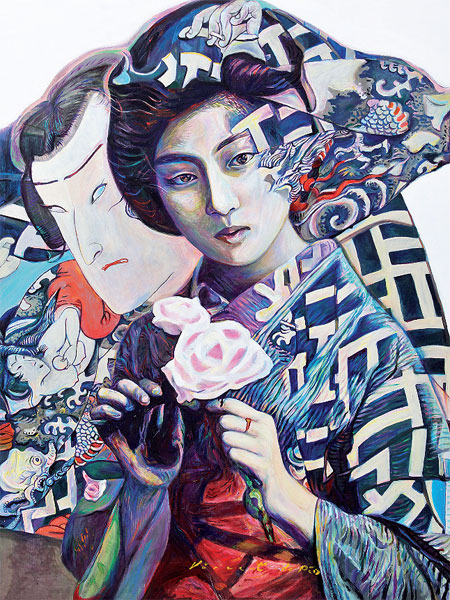By Richelda Doloricon Freeman
He was actually born in Cortes, Surigao del Sur, but he was a Manila boy through and through, raised by proletarian parents in the Ermita district, a yelling distance from Rizal Park and the Manila City Hall. From what I remember, he fell in love with the city early in his life. After the death (at 7 years) of our eldest brother Tootoot in Surigao, our mom brought him to the city as a toddler to escape poverty. Our parents tried to improve our lot by turning a three-storey rented apartment in Concepcion St. to a boarding house for students from nearby PNC, Adamson University, Mapua and Lyceum. Although I grew hating my surroundings, Neil found himself and his life purpose in the people and streets of his city.

The first award he got was at 13 years old, from a children’s television drawing show hosted by the late showman Pepe Pimentel. He started earning money in high school by drawing visual guides to PNC student-teachers. Always resourceful, he also made rock and roll posters and graduation portraits of family friends. He always had some money, a blessing since our parents were always broke.
The first thing I remember about his genius was that he could already draw a portrait of Susan Roces when he was still in elementary school. This encouraged me to try drawing myself but of course I couldn’t compete, I was very little and in major awe of Kuya. Even back then he was a perfectionist. And I worshipped him inspite of that, grew up trying to win his approval by trying to be good at school. But I never had his discipline. He drew and painted everyday even before he was accepted at UP College of Fine Arts.
He never liked it whenever I described our little family as dysfunctional. He experienced our Concepcion St. life differently, he saw beauty in the squalor of the dilapidated apartments and the poverty of the working class Filipinos around him. The political turmoil of the pre-Martial law era lit a fire inside him. He wanted to change the world and pardon the cliche, the rest is history.
He fulfilled his artistic destiny by excelling in portraiture, caricature, printmaking, etc. Then he was awarded left and right by his peers and admired by a lot of people, particularly those he mentored like a real master in some art salon. To say that I was proud of his achievements is an understatement. He was also the one who put me through college.
Then he got married and had beautiful kids, but he was still always there for me and the rest of our clan.

I, however, struggled to see the world through his eyes. It’s not that I never got him, actually I dabbled in student activism in college but it was a bit too much for me. I understood his political fight but I was never a world improver. I wanted to write, but now, as I look back, the desire to be a fellow artist like him was just a social aspiration on my part. My identity then was always intertwined with the huge pride I carried around for just being his little sister. I bragged to all and sundry that I was the sibling of a great artist. I probably had a bigger ego than him then.
Did I mention that I adored him? He was practically my dad, he was the one who pointed life directions at me. But I had other things in mind. I decided to live my life away from him and our family many years ago because I thought Manila had nothing to offer me. It was hard, but I had something to prove then, especially to Kuya. Then our mom died in 1999.
Kuya became my parent.
But now I see that there was really nothing to prove. I knew he always loved me too, despite my shortcomings.
Now that I’m the only one left in that four-member family who lived in Concepcion St., I can only see the past through the present moment. I can choose to see that early life as tragic, but since I’m looking at the past now with different eyes, I choose to see it as a good and heart-warming story of artistic fulfillment.
I will always love you Kuya. Thank you for being a friend.
(The author is a former Malaya news reporter, who is now based in San Francisco)




